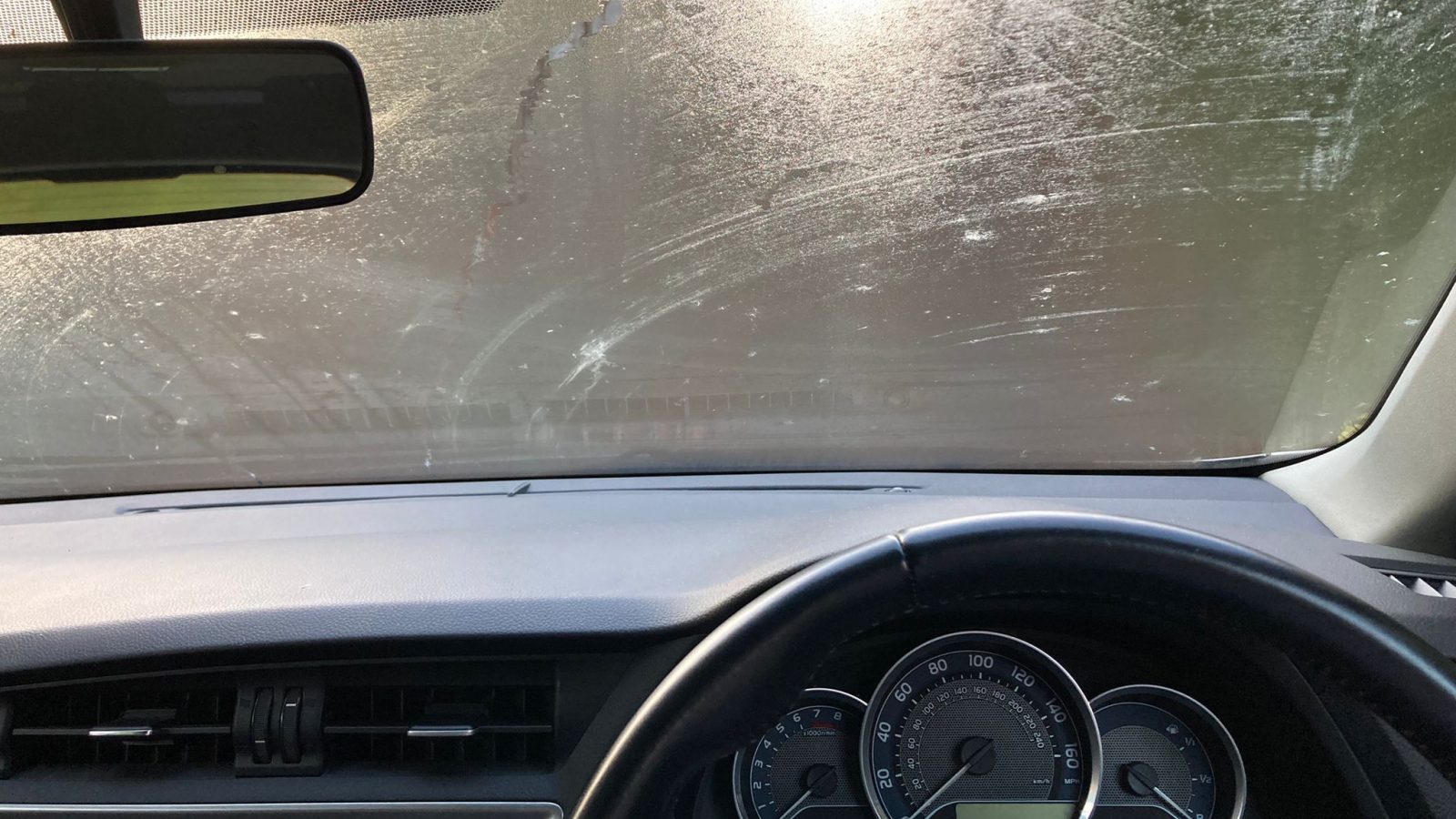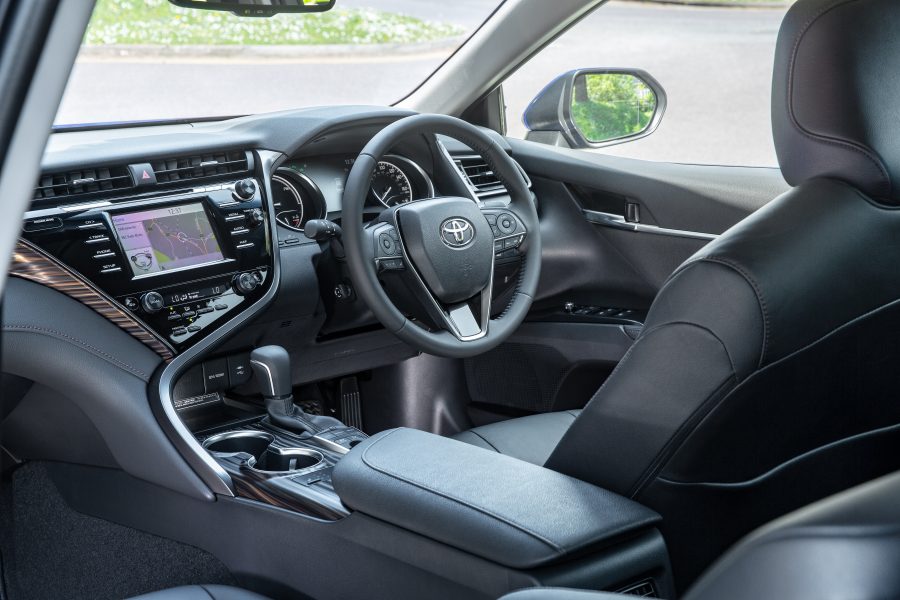Why Does My Car Get Condensation on the Inside
Skip to content

Condensation inside the car is something that affects all vehicles. We've put together a quick primer on what causes car condensation and how to reduce its effects.
What is condensation?
Condensation forms when warm air containing moisture comes into contact with a cold surface, such as your car window. When the warm air meets the cold air, the moisture in that warm air condenses on to that cold surface.
Read more…
On a car windscreen, this moisture takes the form of hundreds of tiny water droplets that, from a driver's perspective, looks like a fog.

What causes condensation inside a vehicle?
One or a number of the following things could cause condensation inside the car:
- Wet clothes/shoes/pets – water on these items will slowly evaporate into the cabin air or, if heavily soaked, cause the seats and carpet to become wet
- Breath – when you or your pets breathe, that exhaled air contains a large amount of water vapour which is released into the cabin
- A water leak
- No circulation of fresh air

Are new cars more prone to condensation build up?
Modern cars have much better seals, meaning they tend to be more water tight. This means that it is more difficult for any moist air trapped inside the vehicle to escape. If movement is created with a fresh air source, moisture levels will decrease.
Increased insulation also allows modern cars to stay warmer longer after being parked; the longer the air inside the vehicle is warmer than the air outside, the more condensation will appear on the cold windows of the vehicle.

How can I reduce condensation in my car?
As condensation collects in the air inside the cabin, the level of moisture will increase. If this air is not vented to the outside then the condensation problem will increase.
The most efficient way to remove moisture from the air is to use the vehicle's air conditioning system. This system draws air from the cabin through an evaporator, which causes moisture in the air to condensate in a controlled way and drain out of the vehicle.
If the cabin air is not regularly refreshed then condensation will accumulate, as the moisture-rich air will not be removed. However, you can force this by changing the re-circulation feature from internal to fresh air.
Don't forget the demister function, either. It's designed to quickly clear the windscreen of condensation and works by blowing air directly over the surface, which has the effect of drying the inside of the glass.

If the features of the heater and air conditioning system are used as above, then the amount of condensation inside the vehicle will be reduced. However, it will never be removed – moisture will always be present inside the vehicle.
Believe it or not, one of the key ways to keep condensation at bay is by simply keeping the insides of windows, particularly the windscreen, as clean as possible. Thorough cleaning of the glass will lessen the likelihood of condensation forming, and ensures that any that does form is efficiently dried by the demisters.
Check out our official eBay store for useful accessories
You can also buy a car dehumidifier bag. This is a small bean bag full of silicone balls that sits on the top of your dashboard and soaks up moisture from the air inside your car at all times.
Read more: Toyota tyre pressure and size guide
Why Does My Car Get Condensation on the Inside
Source: https://mag.toyota.co.uk/fix-condensation-inside-car/
0 Response to "Why Does My Car Get Condensation on the Inside"
Post a Comment